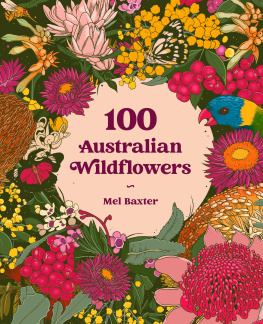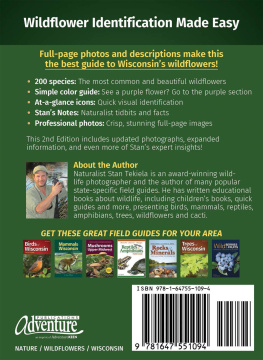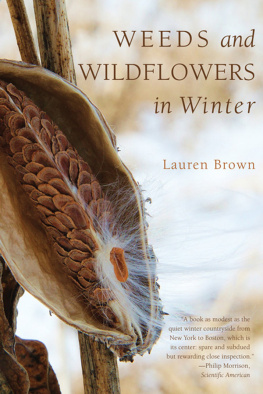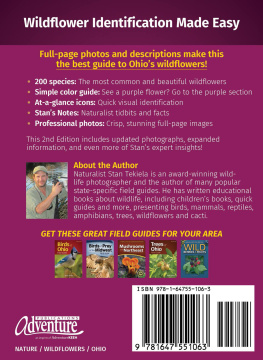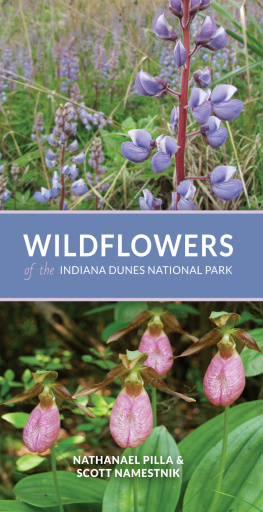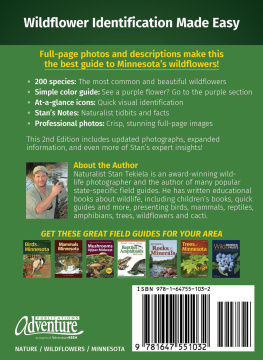I pay my respects to the Traditional Owners of the land and would like to thank their
ancestral spirits.

I live and work in my wooden house, perched high among the gum trees on Turrbal Country
in Clear Mountain, Queensland. There are so many trees here that I sometimes liken it to a
magic eye if you stare long enough, it might just show you something new.
Every day I look out at that sea of green, blue and
yellow and Im inspired. There is something within
those trees, something special that connects me
with ideas and whispers truths. The characters of
the natural world play out their dramas in front
of me. There are certain trees that guide you, a
stillness that speaks to you and a strong sense
of protection that makes you feel you belong.
Ive watched families grow up in my backyard:
Kenny the Kookaburra was once a pancake- stealing
bachelor who then found a wife and had two kids.
The Magpie boys come over just to eat the chicken
food and get into fights. Theres a Tawny couple who
have sat outside my window, side by side, every day
for at least six years then one day there were three.
Some of these families stay, some leave. As Ive
watched the lives of our fauna unfold around me,
Ive also seen how our native flora directly impacts
their behaviour.
The Bottlebrush comes to bloom across my driveway
calling the nectar- munching birds, the flash of
yellow from the Acacia flowers signals the bees
and a seasonal change, the Rusty Gum flowers
coat my deck when the Magpies swoop, and, when
the Everlastings are in flower, I will be sure to get
a fistful of them from my son. We all have these
stories and moments that are woven beautifully
into the fabric of our lives its what makes our
native flowers so integral and magical.
The more Ive appreciated the natural world around
me, the more I wanted to create and celebrate flora
and fauna within my work. That journey has led to
this book and the incredible honour of documenting
Australian wildflowers. I hope to inspire you
to love wildflowers as much as I do and to cultivate
your own relationship with this incredibly unique
and magical land.


In this book, the term wildflowers is given to the flowering plants endemic to Australia.
We will look at a selection of wildflowers that includes flowering trees like Eucalypts and
Acacias, flowering shrubs such as Grevilleas and Tea Trees and herbaceous plants such as
Orchids and Daisies. These flowering plants grow wild, without human intervention and rely
on their natural habitat to pollinate them, disperse their seed and support their survival.
Wildflowers are actually the sexual organs of our
native plants. Some million years ago, plants
decided the most efficient way to reproduce was to
trick and entice animals into helping them have sex.
They invented flowers: a stunning survival tool that
has co- evolved with animals, building mutualistic
relationships centred around pollination. Birds,
mammals, insects, wind and water are all pollinating
agents involved in carrying the pollen ( plant sperm)
to the female sexual organ of another flower from
the same species. Some of these pollinators get paid
in sweet nectar for their duty; some are just passive
parties, fooled into carrying pollen for free.
One particular fool, whose story greatly intrigued
me, is the Thynnid Wasp and its relationship with
the Spider Orchid. Turns out Spider Orchids are
sexual deviants who can trick Thynnid Wasps
into having fake sex with them so they can spread
their waxy pollen all over town. The male wasp is
drawn to the orchid, which has disguised itself as
a female wasp in scent and sight. He grabs a hold
and ejaculates, believing hes just inseminated a
female wasp, when in fact, hes just fornicated with
a flower. This frisky affair results in the wasp being
coated in the orchids pollen, which hopefully gets
taken to another orchid for cross- pollination and
so the species continues.
The actual female Thynnid Wasp is a fat, flightless
blob who is born into the dirt and rises up with the
simple purpose of feeding, mating and laying eggs.
She releases a scent ( similar to our sexy orchid)
that will lure in a male wasp. When he finds her,
he picks up her wingless body and flies her around
for hours while providing her with sex and snacks.
Once this debauchery is over, he drops her to the
ground where she finds a host ( such as beetle
larvae), stings it, paralyses it and lays an egg in it.
The romance is palpable.
Apart from deception and mimicry, colour also plays
a massive role in attracting particular pollinators.
Its thought that birds are more attracted to red
flowers, whereas the colour red is invisible to insects.
Blue, purple and yellow attract bees, while white
acts like a beacon for moths and bats out at night.
Flies are drawn to brown as brown flowers generally
smell like rotting flesh a fantastic maggot- birthing
platform for a fly. Green isnt as flashy as the other
colours and could be pollinated by wind, an element
that doesnt need much flirtation.
The Honey Possum, or Noolbenger ( ngool- boon- gor),
is one of our keenest pollinators and is attracted to
the ooziest of nectar- producing flowers. Fun fact:
the male Honey Possum has the largest sperm of
any mammal and their testes take up almost per
cent of their body weight ( thats like 4kg testicles
on an adult man). With giant balls and a naturally
high metabolic rate, Honey Possums need to feed
constantly on nectar and pollen all year. This means

our nectar- producing flowers such as Banksias, Bottlebrushes, Hakeas, Grass Trees and Kangaroo Paws are having tiny little possum faces and hands consistently cross- pollinating their species. Due to the Honey Possums need for constant pollen and nectar, a brief food shortage can drive local populations to extinction. Land clearing is one of the biggest threats our pollinators face due to loss of habitat and food.

